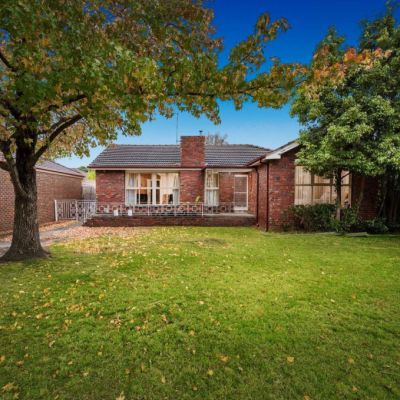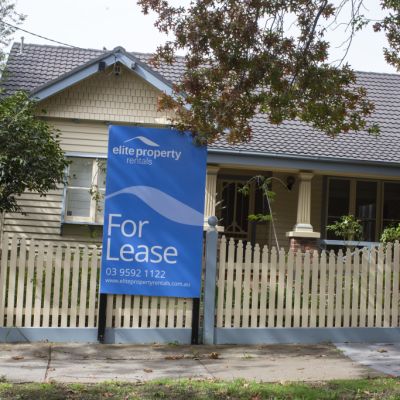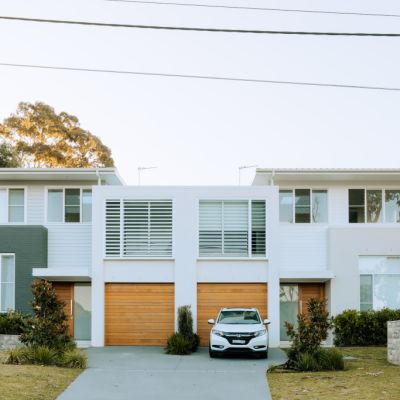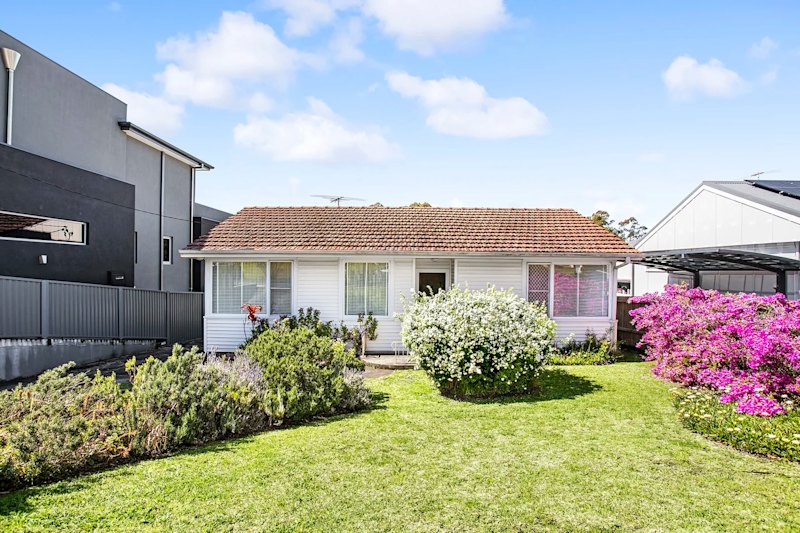Should you wait for interest rates to stop rising before buying?
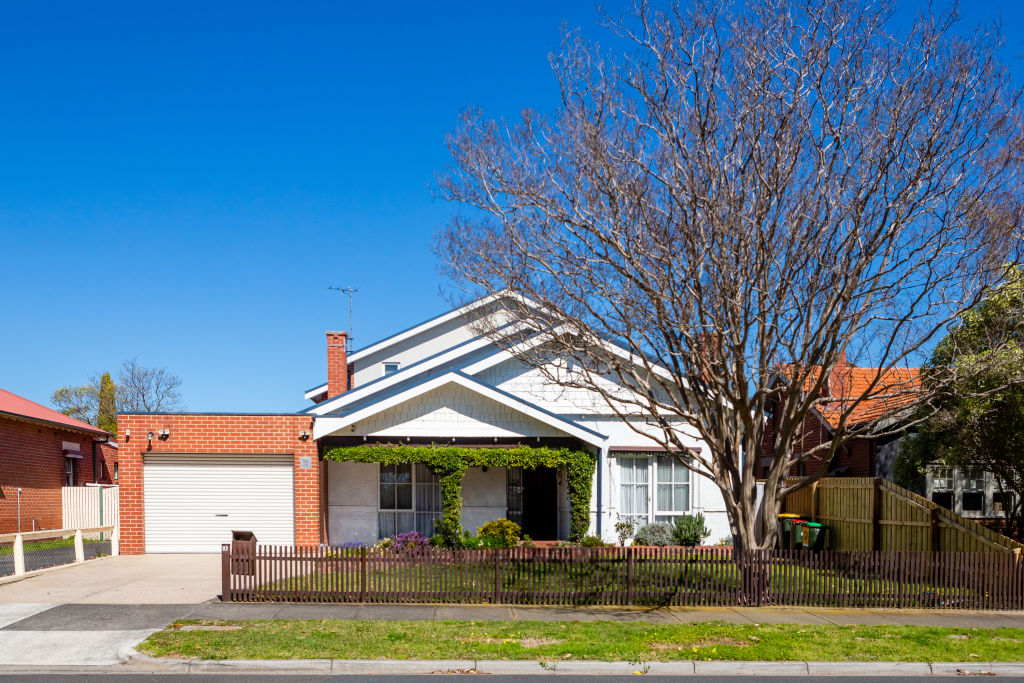
Should you wait for interest rates to stop rising before buying? It’s the million-dollar question, quite literally.
Mortgage holders have already copped six consecutive rate rises. So is the sweet spot in the market just around the corner?
Let’s start by looking at the facts. For a typical housing mortgage balance of $500,000, October’s increase of 0.25 per cent will add a further $1250 in annual interest payments, or $100 per month.
Once fully implemented by lenders, the cumulative cash rate increase of 2.50 per cent so far this year will have added around $12,500 in annual interest payments, or $1040 per month in additional interest payments, on a typical loan balance of $500,000.
For buyers looking to utilise their maximum loan capacity, this means that the maximum size of the loan they can obtain will shrink by more than the likely fall in property prices, reducing the range of properties that they can consider for purchase.
RBA governor Philip Lowe hasn’t ruled out more rate increases in the future, either.
Buyers circling the market and wondering when to pounce should consider the impact of interest rate rises against their own borrowing limits, deposit requirements, and monthly budgets, says Property Exchange Australia (PEXA) chief economist Julie Toth.
“If buyers choose to hold off purchasing, home prices may fall further, however their maximum loan approval, at a higher interest rate, will also reduce,” she says.
“For first-home buyers who are renting, larger mortgage repayments [despite a smaller total loan], might still be preferable to the prospect of higher rental repayments.”

It’s a sentiment shared by AMP Capital chief economist Shane Oliver.
“There’s possibly a case to delay purchasing as rising interest rates lead to falling prices,” he says. “People may find that they can pick up the property they want for a lower price down the track.”
Oliver points out that homes are getting cheaper, which means there are opportunities to buy.
“If a home owner is financially secure and doesn’t face the risk of losing their job and can withstand even higher interest rates from here, the key focus should be on price. If you wait a bit longer you may get lower prices, but by the same token, you don’t want to delay it too long,” he says.
“The rise in interest rates is also having the effect of subduing demand because people can’t borrow as much.
“So by the same token, you don’t want to delay purchasing too long if you’re in the market, because you can often find the bargains in this sort of environment. It’s certainly a better time to buy buying out there than it was 18 months ago when the property market was burning, so it’s a balancing act.”
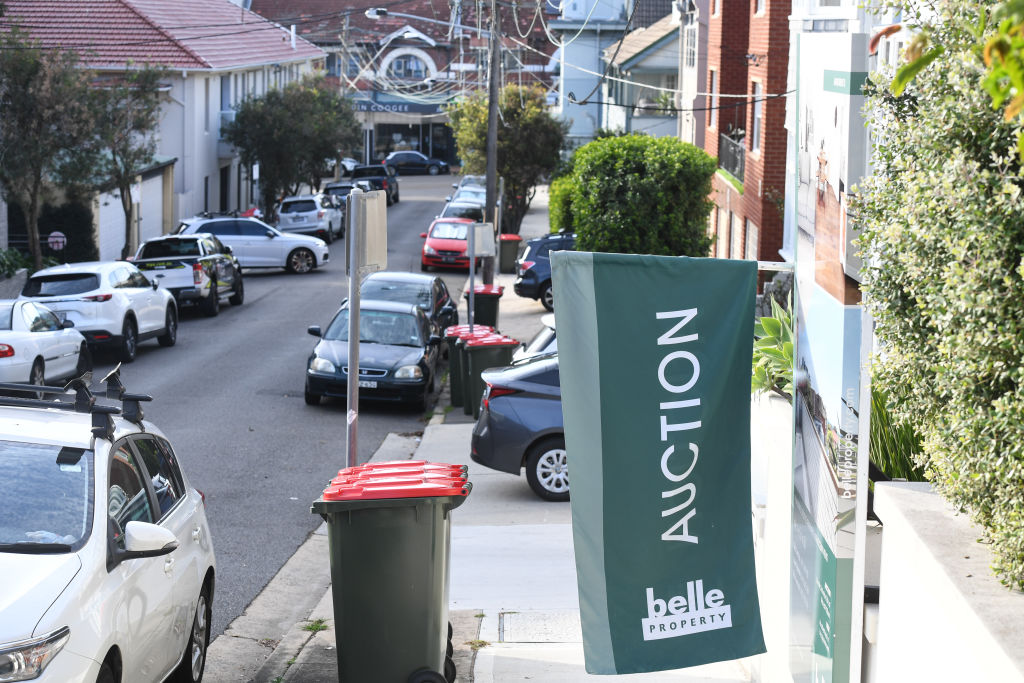
Natalie Abel from Domain Home Loans says if someone wanting to buy has the borrowing power they need and love a property, then it’s a good time to buy.
“If home buyers want, they could risk having their borrowing power reduce as banks’ assessment rates alter,” she says.
The sweet spot of the market is the moment when you can service something you love, she says.
“Most people take out a 30-year loan term. It’s more likely that most borrowers will see another cycle [of rates rising and decreasing] over this period.”
There are measures that buyers can take now to give themselves peace of mind or some stability in a rising interest-rate environment, says Kareene Koh, general manager of Domain Home Loans. These include fixing your rate or even part-fixing your home loan.
“It is always good to plan for future rate rises either by building a buffer or fixing your rate,” she says. “The current guidance from the RBA is that the case rate will increase into 2023 so it is best to be prepared.
“Building a buffer into your repayment calculations before you buy, and leaving a savings buffer is a great way to start. You can also shop around for a competitive fixed rate if you want to remove the risk and have a bit of predictability.”
Koh says many buyers are getting their pre-approval now, before rates possibly rise further, to maximise their borrowing capacity in a falling market.
“They’re trying to take advantage of lower demand and falling prices,” she says. “For some customers, this is a great time to pick up a property that used to have three to four bidders and is now sitting on the market.”
Home buyers circling the market need to bear in mind that buying a home is not only a huge financial commitment, but an emotional one, too, Toth says.
“If a home is available that meets all requirements for now and into the future, buyers may wish to look past short-term price adjustments,” she says.
“It’s worth remembering that Australia’s housing market has demonstrated significant long-term price growth and resilience over many decades.”
We recommend
We thought you might like
States
Capital Cities
Capital Cities - Rentals
Popular Areas
Allhomes
More
